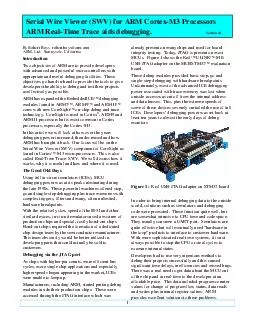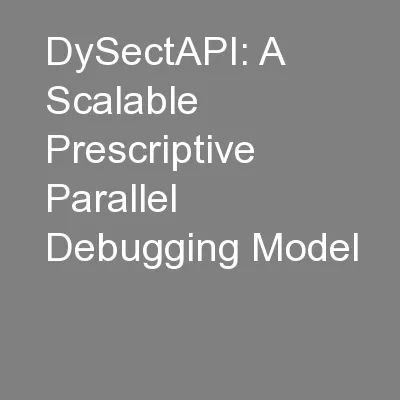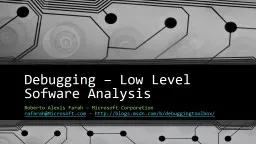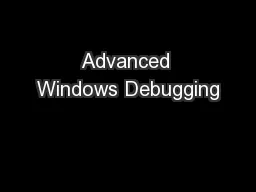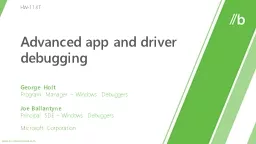PDF-ARM Real-Time Trace aids debugging. By Robert Boys robert.boys@arm.
Author : test | Published Date : 2016-08-14
Keil USBJTAG adapter on STM32 board In order to bring internal debugging data to the outside ARM RealTime Trace aids debugging RealTime Trace ETMIn the late 1990s
Presentation Embed Code
Download Presentation
Download Presentation The PPT/PDF document "ARM Real-Time Trace aids debugging. B..." is the property of its rightful owner. Permission is granted to download and print the materials on this website for personal, non-commercial use only, and to display it on your personal computer provided you do not modify the materials and that you retain all copyright notices contained in the materials. By downloading content from our website, you accept the terms of this agreement.
ARM Real-Time Trace aids debugging. By Robert Boys robert.boys@arm.: Transcript
Download Rules Of Document
"ARM Real-Time Trace aids debugging. By Robert Boys robert.boys@arm."The content belongs to its owner. You may download and print it for personal use, without modification, and keep all copyright notices. By downloading, you agree to these terms.
Related Documents

